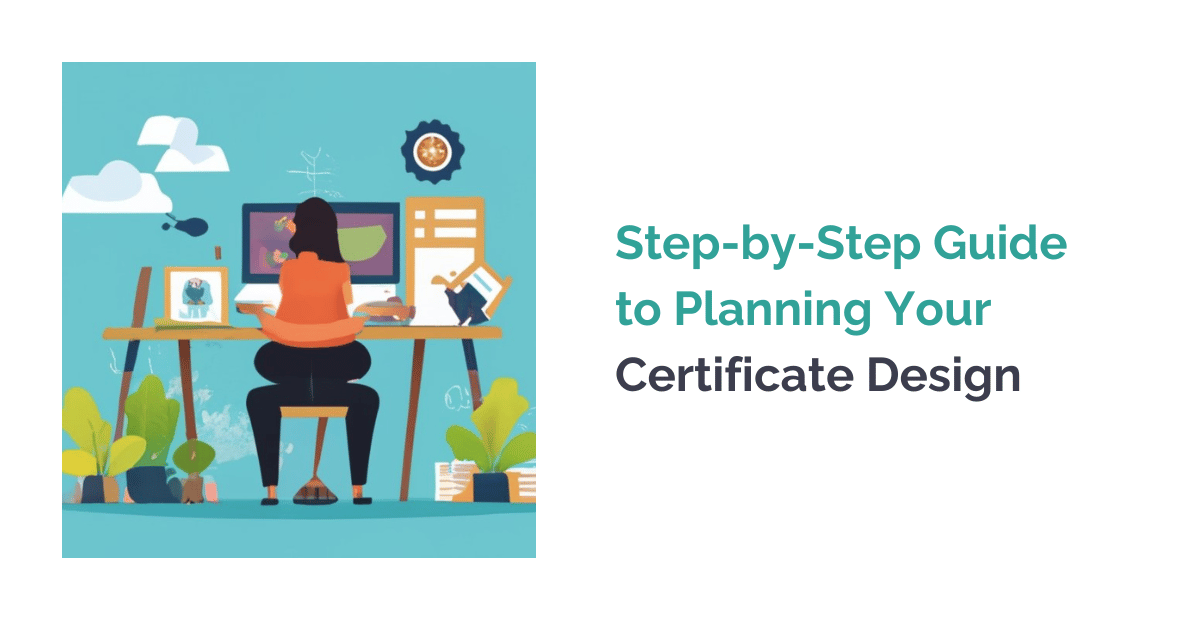Step-by-Step Guide to Planning Your Certificate Design
Certificates are not just pieces of paper; they are symbols of achievement and recognition. Whether you’re designing a certificate for a graduation ceremony, a corporate training program, or a community event, a well-thought-out design can make a lasting impression. In this step-by-step guide, we’ll walk you through the process of planning your certificate design, tailored to the type of certificate you’re creating.
Step 1: Define the Purpose
Start by understanding the purpose of the certificate. Is it for academic achievements, professional development, or a special event? Knowing the purpose will help you determine the tone, style, and content of the certificate.
Step 2: Identify the Recipient
Consider the audience receiving the certificate. Are they students, employees, volunteers, or event participants? Knowing your audience will guide your design choices, such as colors and imagery.
Step 3: Choose the Size and Orientation
Decide on the size and orientation of your certificate. Common sizes include 8.5x11 inches (portrait) or 11x8.5 inches (landscape). Choose one that suits your content and style.
Step 4: Select the Color Scheme
Colors play a significant role in certificate design. Choose a color scheme that aligns with the purpose and audience. For example, vibrant colors may be suitable for a children’s event, while muted tones work well for corporate certificates.
Step 5: Typography Matters
Select fonts that are easy to read. Use a combination of fonts for headings and body text to create contrast. Ensure that the text is legible, even when printed in small sizes.
Step 6: Include Relevant Information
Clearly state the recipient’s name, the reason for the certificate, the date of issuance, and any signatures or seals. Ensure accuracy in names and details.
Step 7: Incorporate Branding Elements
If the certificate is for a school, company, or organization, include their logo and branding elements. Maintain a consistent look and feel with other materials.
Step 8: Add Visual Elements
Consider including relevant graphics, such as icons, images, or borders, to enhance the certificate’s visual appeal. These elements should complement the purpose and theme.
Step 9: Customize for the Occasion
Tailor the certificate to the specific occasion. For academic certificates, you might include a GPA or course details. For a corporate award, highlight the achievement and its impact.
Step 10: Proofread and Review
Before finalizing your design, thoroughly proofread all text and check for any errors. Have others review it as well to catch any mistakes or inconsistencies.
Step 11: Test the Print Quality
If you plan to print the certificates, test the design’s print quality to ensure that colors and details appear as intended.
Step 12: Save in the Right Format
Save your certificate design in a high-quality, printable format, such as PDF or TIFF, to maintain its integrity during printing.
By following these steps You can create a visually appealing and meaningful certificate that leaves a lasting impression on recipients. Remember that a well-designed certificate not only acknowledges achievements but also reflects the care and thought put into the recognition process.

 Author :
Author : 







